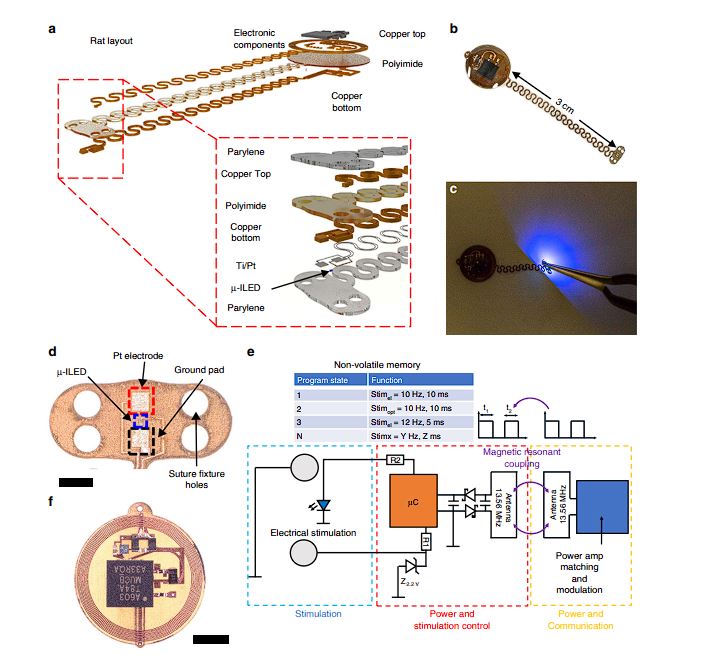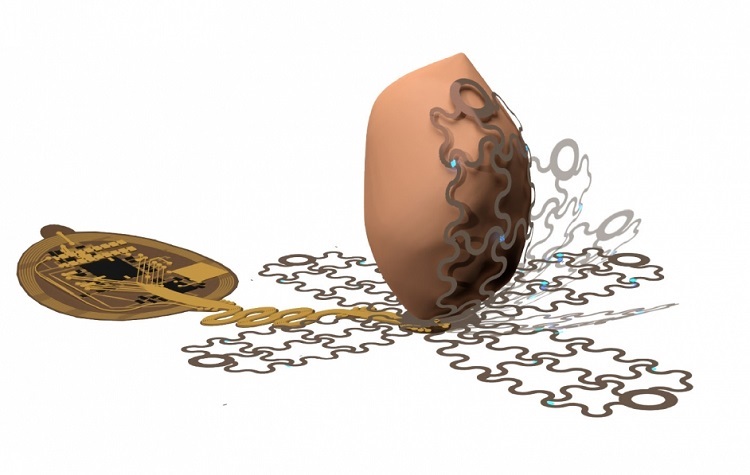Treating More Heart Conditions with Wireless, Battery-Free Pacemaker Possible Soon
CDC data (Centers for Disease Control and Prevention (CDC) states that arrhythmia results in 54,000 hospitalizations. Moreover, it is one of the main contributors to the high incidence of deaths annually. A pacemaker helps regulate the heartbeat of people with heart conditions, such as atrial fibrillation. The small device is implanted in the patient’s chest to regulate the person’s heartbeat. A battery provides power to the device.
Pacemakers save lives. However, the implantation of the device requires invasive surgery. Moreover, its pacing can be painful and uncomfortable for the patient.
As the University of Arizona biomedical engineering assistant professor Philipp Gutruf describes it, all the heart’s cells get hit at once, including the organ’s pain receptors. This process is similar to the pain of defibrillation or pacing.
He added that the current pacemakers need one or two points of contact within the heart using screws and hooks. Once the sensors on the contact points detect an irregularity, the pacemaker activates and shocks the heart electrically so it can reset its beat.
Countering the existing pain of using a pacemaker
The University of Arizona researchers, led by Professor Gutruf designed a wireless pacemaker without a battery to counter the current problem with pacemakers. According to their research paper published in Science Advances, implanting the device employing a less invasive method is possible, so there is less pain.
Innovative design
The new design created by the researchers has four petal-like extensions enveloping the heart. These structures, made from thin and flexible film, contain a recording electrode and light sources. The flexibility of the petals allows them to adjust to the changes in the heart’s shape as it beats. Likewise, the petals fold up around the sides of the heart, protecting and supporting it.
Therefore, the device does not require implanting leads as contact points in the heart. Instead, the newly-developed device uses a method they call optogenetics. The technique reduces the pain generated by the pacemaker by bypassing the pain receptors of the heart, using genetic engineering and light to control the activity of neurons.
The head of the lab at Northwestern University, where they tested the device, Professor Igor Efimov, said that when using the current pacemaker, the device shocks the entire heart. But the new device performs precision targeting, which makes defibrillation less painful but more effective. The professor also predicts that this new pacemaker can help more patients worldwide. Simultaneously, it will help physicians and scientists learn more about treating and monitoring patients with arrhythmia.
Prof. Gutruf said that the new pacemaker uses a computer built into it, and the healthcare provider can input different algorithms, so the pacing is more gradual. He added that the device is also effective for research.
The device uses light to defibrillate the heart instead of electrical signals, allowing it to continue recording information even if it needs to perform its primary function. For example, the current pacemaker must stop recording when defibrillating. Likewise, it does not require a battery, unlike the existing device that needs a battery change every five or seven years.
However, the researchers need to test the device on humans. But they are optimistic about the device, and they are going to expand their work so they can start testing it on humans.

